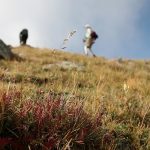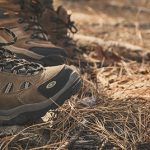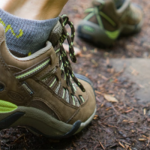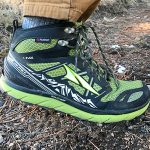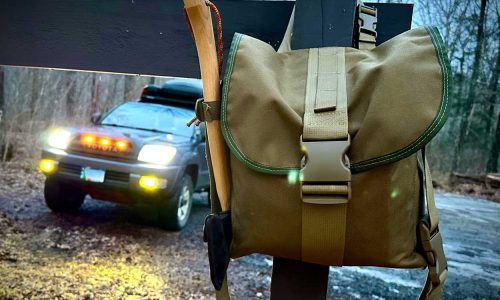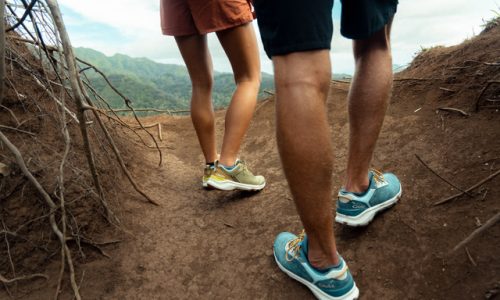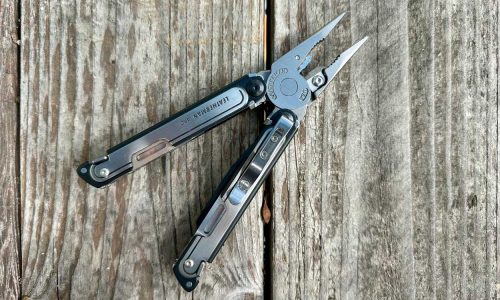Home » Gear Reviews » Hiking & Camping » Hiking Boots & Shoes » Hiking Boots » Men's Light Hiking Boots » Vasque Bitterroot GTX
Vasque Bitterroot GTX Review
August 17, 2011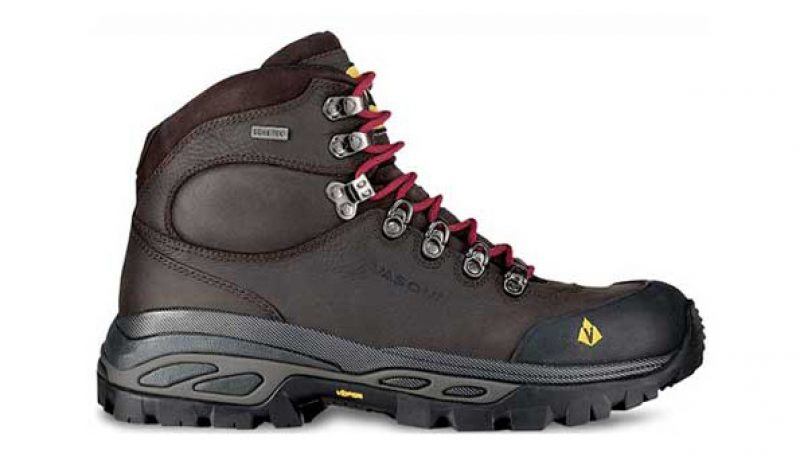

The Good
- One-piece leather upper makes this boot especially stable and protective, yet breaks in relatively quickly.
- Polyurethane foam and shanks in the midsole create a super-strong platform to support heavy pack loads.
- No-nonsense construction, including metal lace eyelets, rubber toe rand, and resilient Vibram outsole, extend lifespan of the boot.
- Available in widths to fit a wide range of feet.
The Bad
- Lace eyelet (third from the top) is difficult to use. It’s hard to adjust the laces at this point, plus the eyelet cants inward, and sits far from the ankle, doing little too little to keep the heel of the foot seated.
If you’re headed into rough terrain with a week’s worth of gear, the Bitterroot GTX is a great choice. Combine the all-leather upper with a Gore-Tex membrane, and you have a boot that’s built to last and protects and stabilizes the foot extremely well. But this is no clod –hopper. Its high-tech midsole and overall shape allow a natural walking motion for many hours of comfortable backpacking.
It would be fair to call the Bitterroot GTX and “old-school” boot. From the upper made of thick, 2.4mm leather to the metal lace eyelets and beefy outsole, it reflects decades of classic, proven boot design. There’s a reason backpacking boots are still made this way—they make it easier to carry a big pack and last a long time.
Of course, the knock against old-school leather boots is that they are heavy, stiff and take a long time to break in. But the leather of Bitterroot GTX eased up after a dozen miles or so, and strategically placed stitching adds flex ppints. And this boot never felt uncomfortable, thanks to certain details in the design. We liked the thick foam that surrounds the collar of the boot and lines the ankle area. It worked like a car’s side airbags to cushion the impact as we banged away through an ankle-twisting path strewn with rocks.
One thing that could be improved is the position of the lace eyelet (third from the top) that sits between the upper collar and the forefoot. Testers found that this eyelet sits too close to the top of the foot, and too far from the side of the ankle, to really pull the heel into the back of the boot. Also, the eyelet turn inward toward the top of the foot, making it difficult to pull and secure the laces.
But, overall, the boots were comfortable, especially since they allowed us to hit a natural stride. The midsole and outsole have a built-in curvature, so you roll easily from the heel to forefoot with each step. The midsole also has resilient polyurethane foam to cushion each step, while a urethane shank serves as a rigid platform to stabilize the foot on uneven terrain.
While scrambling up a rocky wash, our testers noted that outsole rubber really stuck well to the limestone and granite, and we the lug design effectively put on the brakes while descending steep dirt paths. The rubber on the outsole is somewhat soft for improved traction, so you do give up some long-term durability. But, it’s a fair trade-off.
As for the overall fit of the boot, our testers found that it’s best for people with medium to wide feet. And one nice aspect of the Bitterroot is that it’s available in widths.










